Tagged: social media guide
Trauma is debilitating. It can make you feel hopeless, alone, and at the very least, it hurts. Everyone has different sources for their trauma (and all of them painful in their own way), and everyone has their own ways of talking, or choosing not to, talk about their trauma.
Instagram became a part of my life in middle school and continued to grow in importance throughout high school, following me into college. I spent years of my life thinking, “That would be a...
It’s difficult to truly disconnect from technology today. Even if you take a break from your phone, lock up your tablet to let it collect dust, or haven’t watched a show on an actual TV in months, screens are still everywhere. There’s electronic billboards, signs with pleasant robotic voices that dictate when the next bus or train is about to arrive, and TVs in stores displaying fashion shows, music videos, and anything else related to the content that they’re selling.
Memes, quite honestly, can be a great coping mechanism. Using humor as a way to deal with terrible things going on allow us to find some sort of happiness among the sea of bad, and using humor and memes online can help disrupt doomscrolling. Many have found that memes can serve as a bonding activity in a way, allowing all of us who have been affected by negative things to share a laugh and make us feel less alone.
How many devices do you have? Do you have a phone, laptop, tablet, and wearable? How about an ebook reader? How many social media accounts do you have? If all those questions feel overwhelming,...
You may think of two different things when you think about social media. You may think that social media makes everyone an open book, spilling all their secrets and sharing too much information so you know where they are, what they’re eating, and who they’re with at any given moment. You may alternatively think that social media is fake and controlled, and that people on social media only share what they think will get them the most attention.
It is incredibly easy to be busy nowadays. If anything, it’s encouraged. Our culture has told us that we should take advantage of all of the 24 hours in the day so we can be our best selves and as successful as we can possibly be. The time in between classes and/or work should be filled with time working out or learning a new skill or networking. Being busy is a good thing, and constantly being on that grind should be the goal.
The idea of having technology in your watch seems like something out of a science fiction novel at first, with the screen popping up in the air in a bright neon blue or green. Even twenty years ago, a digital watch with a timer on it felt super futuristic.
For most of us, especially those in younger generations, we likely interact with people on social media as much as we do face-to-face communication, if not even more. It’s both a blessing and a curse to constantly have access to those we care about, and instead of having to arrange plans to meet up with someone to see them, they can simply be a text message, phone call, or DM away.
There’s still a long way to go in how we talk about mental health. Stigma, a lack of accessible knowledge about mental health, and the media are just a few of the reasons as to why many, regardless of age, can have incorrect information about how people coping with their mental health and show symptoms of mental illness live, behave, and think. This may require some explanation to the person to educate them at best, and can be really harmful to someone at its worst.


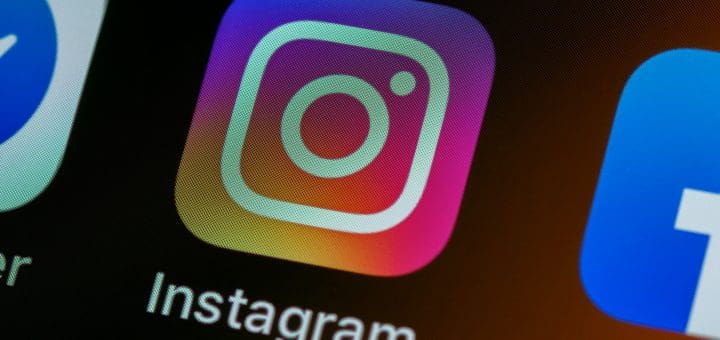
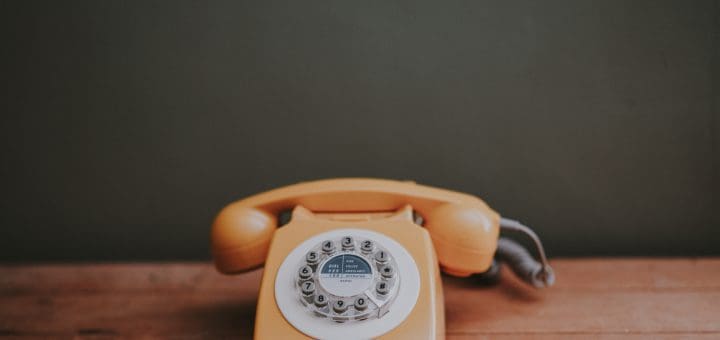

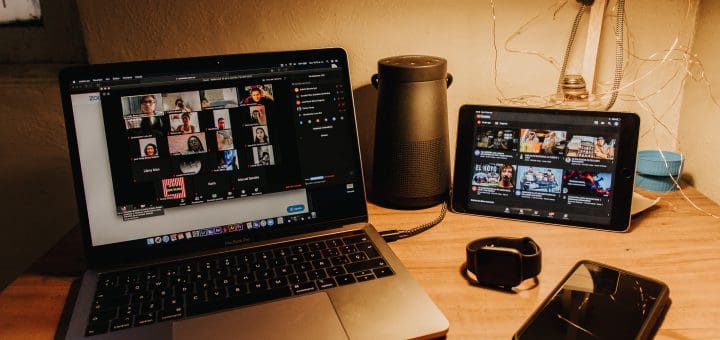
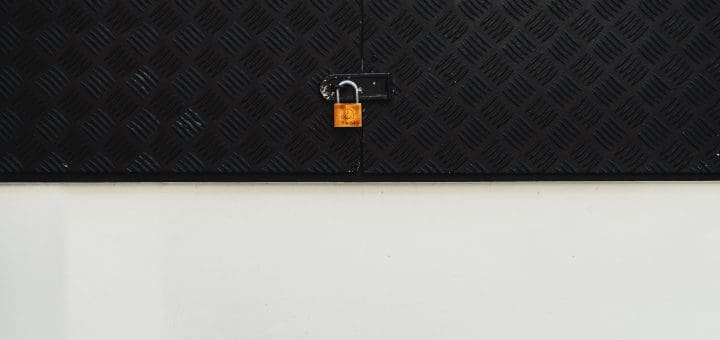

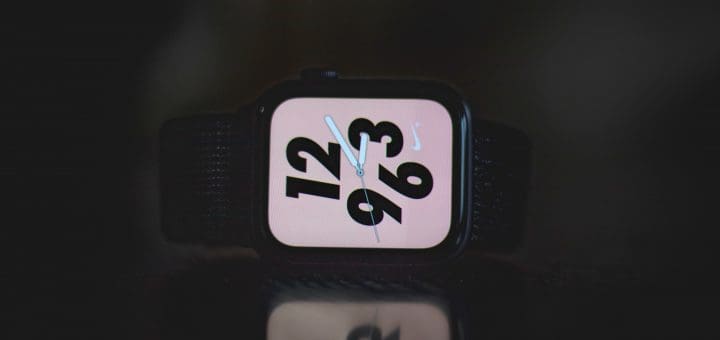


Recent Comments